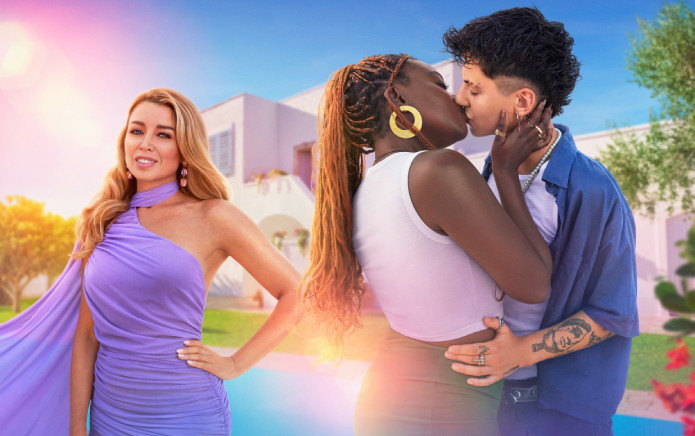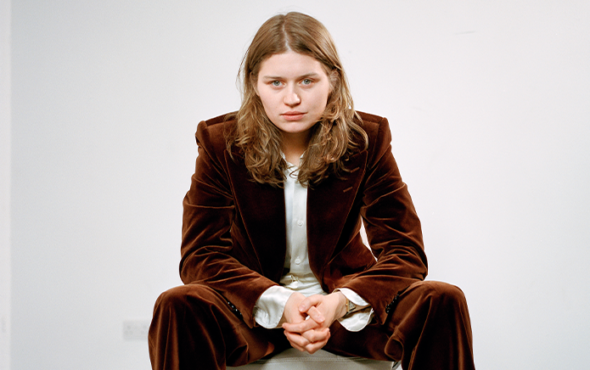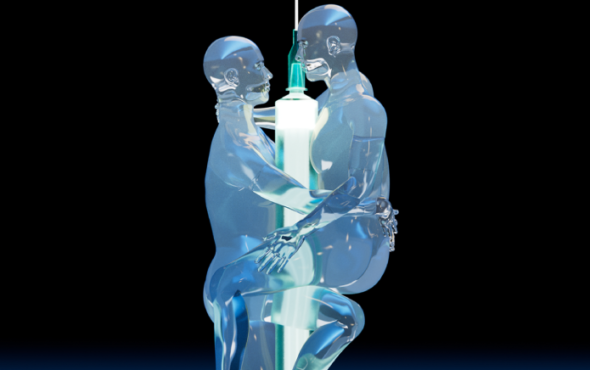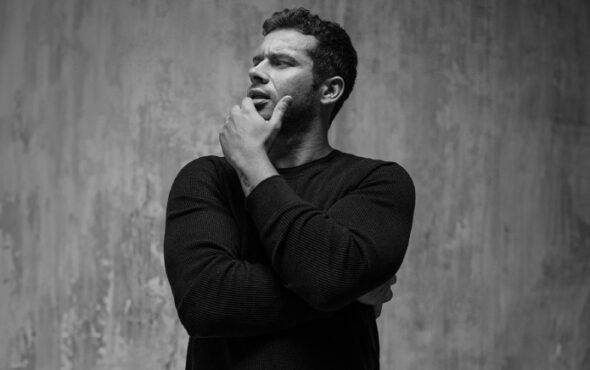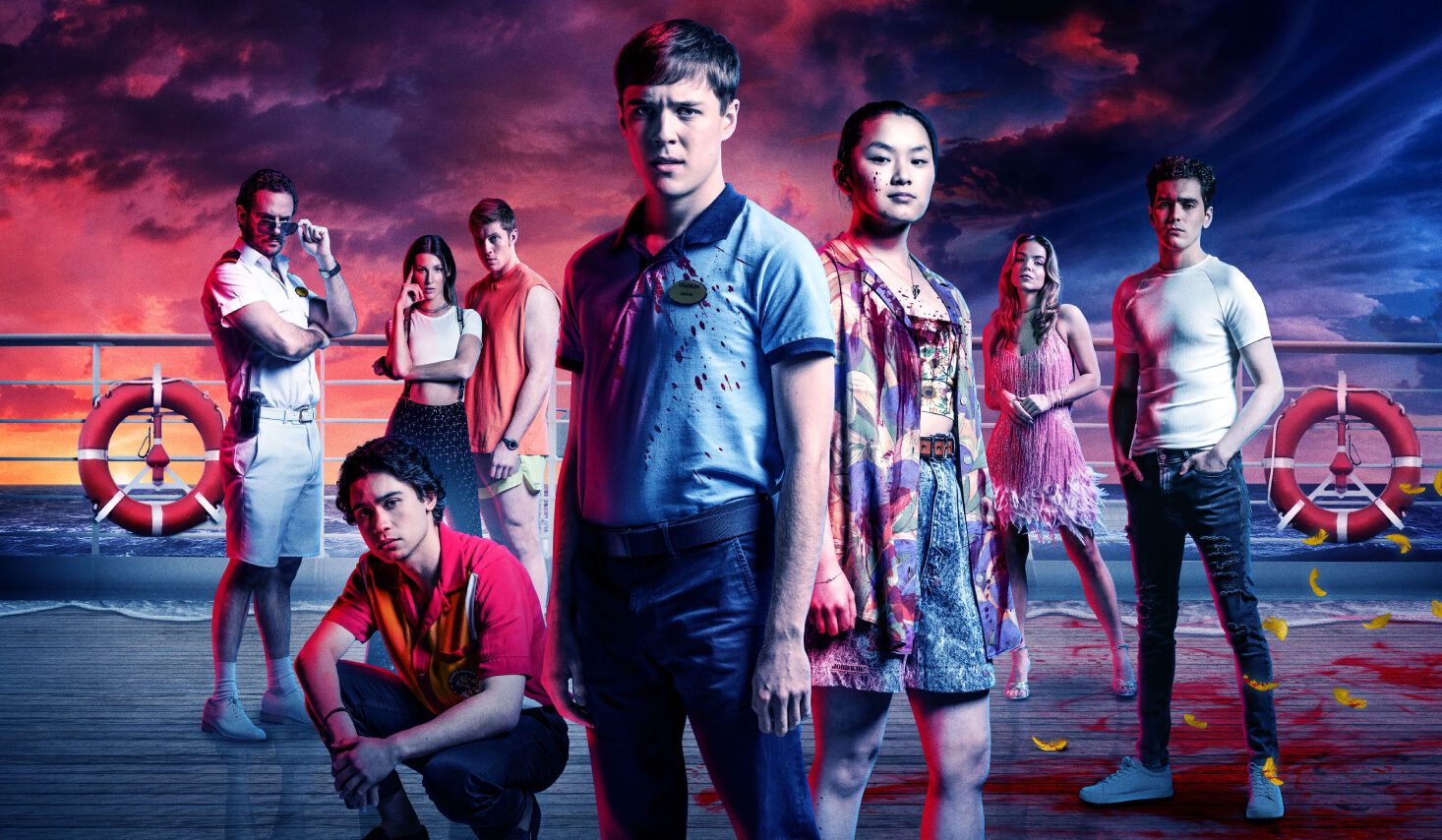
Although queerness and horror have historically gone hand-in-hand – Nosferatu is a gay, it is (not) a fact (but very clear as day) – the existence of openly LGBTQ+ characters in the genre has notoriously been… well, non-existent. (For god’s sake, queers can get their throats slashed too!) In recent years, however, representation for the community has fiercely increased thanks to Ryan Murphy’s iconic anthology series American Horror Story and acclaimed films such as The Perfection, Fear Street, Bodies Bodies Bodies, They/Them and – this is not a stretch, it’s canon now – The Babadook.
This month, the genre reached queerer heights with BBC Three’s six-part series Wreck. Written by Ryan J. Brown, the former recipient of the BAFTA New Writing Prize, the British slasher comedy follows Jamie (Oscar Kennedy), a gay 20-something who infiltrates a cruise ship to find his sister Pippa (Jodie Tycack) who mysteriously disappeared from the same vessel on a previous tour. Featuring smart, self-aware characters akin to the Scream franchise and The Cabin in the Woods as well as a serial killer galavanting around the ship in a ducking (autocorrect not needed) duck costume (see?), Wreck is one of the most entertaining – and queerest – offerings from the genre in recent memory. Accompanying Jamie on his mission is Vivian (Thaddea Graham), a hard-as-nails lesbian fleeing from her family, Rosie (Miya Ocego), a Cher impersonator who just so-happens to be trans and Cormac (Peter Claffley), the latter’s ex-boyfriend whose identity is assumed by Jamie to board the Sacramentum. The LGBTQ+ rep doesn’t stop there: various other characters on the ship are also members of the rainbow mafia such as Jamie and Vivian’s love interests Olly (Anthony Rickman) and Lily (Ramanique Ahluwalia), as well as Sacramentum entertainer Hamish (James Phoon). Irish drag performer Dr Panti Bliss-Cabrera also appears in a supporting role.
Ryan J. Brown, who won his BAFTA Award for the LGBTQ+ crime drama We Are Your Children, tells GAY TIMES that he wanted Wreck to be “as gay as possible” from the start. “Also, it was important to have two leads who were queer but didn’t have stories about their queer identity be part of the show,” he says. “I feel like we are getting more overtly queer horror, but often that’s still the sassy sidekick of the slightly ambiguous lesbian. [Jamie and Vivian’s] queerness arms them and prepares them for danger. They know danger better than anyone, but it isn’t part of their story.” While episode two includes a quick exchange between Jamie and Vivian about his coming out journey, where he reveals that his sister is the only one who knew his sexuality, the series is refreshingly void of prejudice, discrimination and all of those queer trauma narratives that we come to expect from TV shows and films with even a slither of LGBTQ+ visibility. The characters are simply accepted for who they are, which is – somehow – still rare to see in 2022. “In that moment, you realise that this isn’t just about finding his sister,” Brown explains further. “It’s so much more. She’s the only person who actually knew the authentic him. Again, it’s not the main focus of the story. No one comes out. He’s not in turmoil, but actually, it’s the driving force behind everything.”
Crediting HBO’s teen drama Euphoria and Netflix’s coming-of-age series Heartstopper with an authentic increase in trans representation on the small-screen, Miya Ocego praises Brown for “not even speaking about” Rosie’s gender identity in the series, hailing the character as “refreshing” because of her lack of – here’s that word again – trauma. “[Jules and Elle’s] trans journey is talked about and that’s what we still need, because it’s raising awareness for our community and spreading the word,” she explains. “But what I think is so beautiful about this story is that Rosie’s transness isn’t spoken about; we are just existing like everybody else in this series, and that speaks volumes. It’s amazing that Ryan created this little world where we should all aspire to be – without the murders, obviously!” The response to Rosie and the lack of hoo-hah around her transness has been “interesting”, says Ryan. “When I told people that Rosie is a trans character they’re like, ‘But where? Where does it say that on the page?’ What do you expect her to do? Walk into the room and say, ‘I’m trans!’ There will be people who have that response and then hopefully they’ll check themselves and think, ‘Why was it important for me to know that? What difference does it make?’”
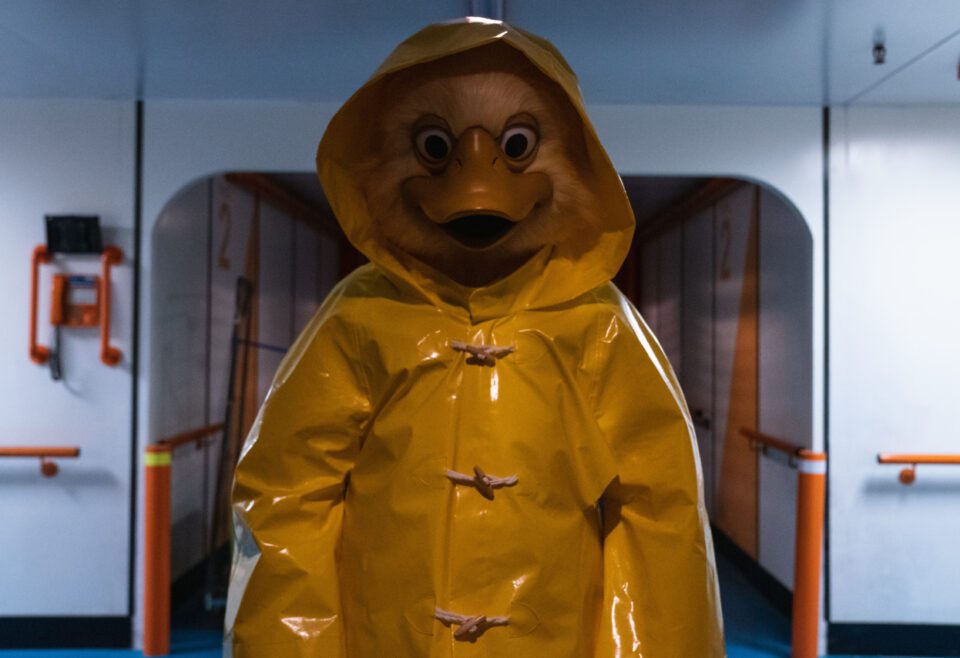
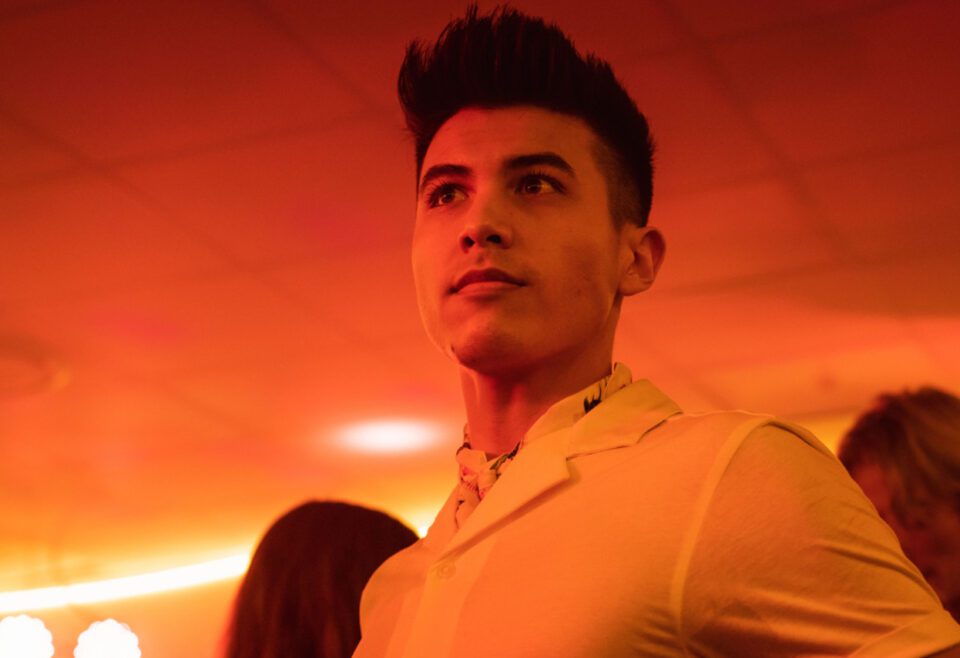
As Hamish, it’s crucial for James Phoon to empower, not just LGBTQ+ people, but the East Asian community. Phoon, who has been confirmed to star in the upcoming third season of Netflix’s period drama Bridgerton, tells GAY TIMES that his experience filming Wreck marked the “first time” he worked with other actors of East Asian descent, “and I’ve been working professionally for eight years. Up until that point, I’ve been the only East Asian person in the room.” Hamish is a member of the Sacramentum’s entertainment crew, a “bitchy” Mean Girls-esque clique that consider themselves “hot shit” and the “it girls”. “He’s someone who has his guard up,” shares Phoon. “He uses this persona as a bit of armour. He’s quick to squash other people down or give someone a dirty look, but deep down… Maybe he’s a nice guy?!” While Phoon admits that his character is the most likely to conform to the “sassy best friend or megabitch” trope that has historically been linked to gay characters in horror, he says Hamish “fits so nicely” in Wreck because “there’s so many queer characters that are distinct, three-dimensional human beings with different personality traits.” He explains: “For years, we’ve seen one gay character and they’re very much a sterotype. They’re so limited. [In Wreck], they’re all so different from each other, but they’re all queer and that’s just one part of who they are. They’re all super informed by being part of the queer community, but that’s not the entirety of the story we’re telling.”
The aforementioned lack of representation for LGBTQ+ people within horror has “always pissed” Brown off, who considers it the “queerest genre” although “it never gets that acknowledgement.” Wreck was Brown’s opportunity to “reclaim this space for the queers” and depict nuanced characters of the LGBTQ+ experience that are rarely – if, at all – seen on television, such as Hamish and Rosie. He also aimed to pay homage and subvert horror conventions by – spoiler alert – killing off Wreck’s most well-known star, BAFTA nominee Jack Rowan, who plays “the jock, not the shrieking cheerleader.” “It’s amazing how far back queer people go in horror. I didn’t even realise the director of Nosferatu was gay. Him and The Babadook would make a cute couple. Frankenstein? Super gay,” he laughs. “You’ve got this scientist who wants to make the perfect image of man. And Dracula? C’mon! I love going back and reassessing these big films. It’s time [for the LGBTQ+ community] to not be subtext anymore.” The longstanding connection queer people have to horror is because it’s always been “the genre of ‘the other’”, continues Brown, who defines ‘the other’ as either the monster or the Final Girl due to how they overcome adversity. “Poor Frankenstein just wanted to have a nice life, but he was chased by an angry mob and destroyed because he wasn’t perfect,” he says. “Or like Jamie Lee Curtis in Halloween, the Scream Queen who is targeted; she’s different, in some ways, but always targeted by something terrible. Also, horror has always been that rebellious genre and of course, queer people connect with that.”
Brown anticipates a mixed response to Wreck – “because that’s what the genre is” – but acknowledges that queer people are used to division – “we’re not always… in favour.” The writer references a negative review from a cis-het journalist who criticised the development of the series’ queer relationships, but says the series is “not” for viewers like that; it’s for the horror stans who have been craving to see themselves represented in their favourite genre. Discussing the power of media on youth, Phoon says films and television shows with stereotypical depictions of gay people were responsible for influencing how he acted as a child. “I remember thinking that this was how I was supposed to act as a gay person,” he recalls. “Why wasn’t I more campy or witty or fashionable? The straight people expected that of me as well, to style them and help them do their hair. At that age, I knew nothing about that stuff.” Phoon commends Brown for, again, writing three-dimensional – and relatable – queer characters. “Honestly, young people are really going to connect with these characters [on Wreck],” he continues. “And for all of these minority groups that see themselves represented, I hope it’s empowering.” Ocego agrees, stating: “You get such a sense of unity, which is what our community is all about. I want people to feel validated and seen when they watch this. There is such a wide spectrum of characters that are so relatable to so many people. I know people will watch this and feel seen.” Most importantly, Brown wants viewers to have fun with Wreck. “We are a horror show and people die. It’s scary in parts. But, it’s joyful. I’d like people to go on this journey, be scared and entertained but ultimately go away feeling joy.” With British queers trying to evade a serial killer in a – we’re saying it again, because it was funny and relevant – ducking duck costume on a cruise ship, how could you not have fun?
All six episodes of Wreck are now available to stream on BBC iPlayer.
